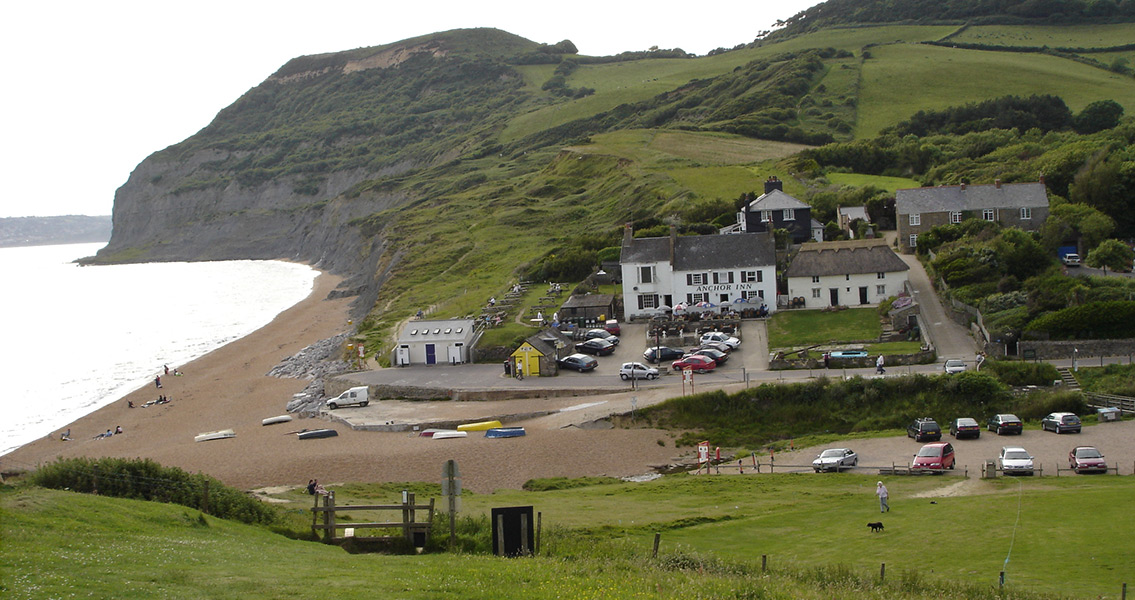<![CDATA[A nearly invisible mound which is slowly disappearing into a cliffside in Dorset has been traced back to the Bronze Age some 3,000 years in the past, according to the local archaeologist who made the discovery. The mound, which bears scorch marks, is likely to have been used as a ritual ground for a Bronze Age religious feast, according to Anthony Pasmore, who discovered the mound near Seatown. Nearly claimed by coastal erosion over the centuries, the mound was buried more than three feet under the sandy soil of the cliffside; Pasmore only spotted the find because the erosion affecting the cliff partially exposed the mound. A statement released by National Trust regional archaeologist Martin Papworth said that the burnt mound is the first of its kind to be discovered in the West Dorset area. The archaeological organization is working hard to excavate and document the mound over a period of two weeks in an effort to preserve the historical record before the cliff erodes completely and destroys the scorched mound. These mounds of burnt earth are found periodically across the UK, Papworth said, though they’re commonly found in the Midlands. For now, researchers have yet to ascertain what these sites were used for, but hopes are running high that there are clues to be uncovered that will reveal if this particular mound was used as an industrial site, a sweat lodge, a ritual feast location, or any other number of possibilities, added the archaeologist. The plan, Papworth remarked, was to have the research team excavate the mound and take samples as they go in order to gain a better understanding of its purpose. These samples will be subjected to radiocarbon dating. Sections that are adjacent to pollen remains could reveal whether the mound was originally positioned in grasslands or if it was surrounded by woods at the time the site was active. Papworth says that there are all too many missing puzzle pieces when it comes to the archaeological record of West Dorset. However, the archaeologist feels that some of the more glaring holes are beginning to be filled in with a few of the projects the National Trust is undertaking within the region; he hopes that the newly discovered cliffside mound will be one of those sites that sheds new light on a relatively unknown period of history within the area. In addition to the excavation of this particular mound, there are plans for a geophysical survey to be undertaken in the region this year, a part of the Coastal Festival celebration to commemorate the Neptune Coastline Fundraising event. Over the last 50 years, the fundraising effort has garnered more than £65 million in donations and contributions. Administered by the National Trust, the campaign has stewardship of more than 700 miles of coastline in the UK spread across Wales, England, and Northern Ireland. Image courtesy of Wikimedia Commons user: Touriste ]]>
Researcher Finds Bronze Age Mound in Dorset
